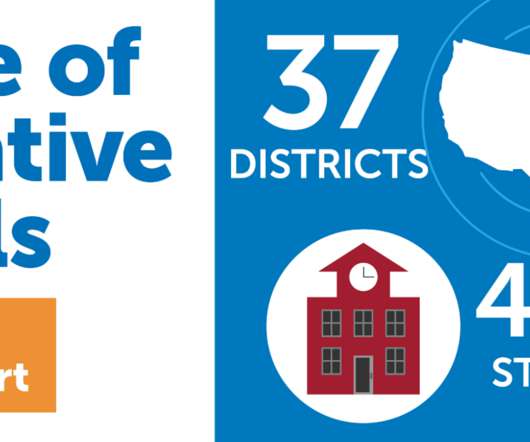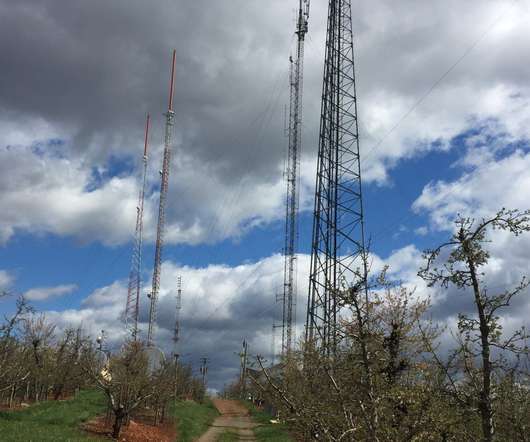Millions of Students Are Still Without WiFi and Tech—Why Haven’t Policymakers Stepped Up?
Edsurge
JUNE 11, 2021
Cases like 2020’s Cayla J. It’s time for states to step up and realize that proper technology and WiFi connectivity are a must-have in public school districts, and that state policy is dangerously lagging behind. 1560 , and proposed adding sections designed “to close the digital divide in California.”





























Let's personalize your content